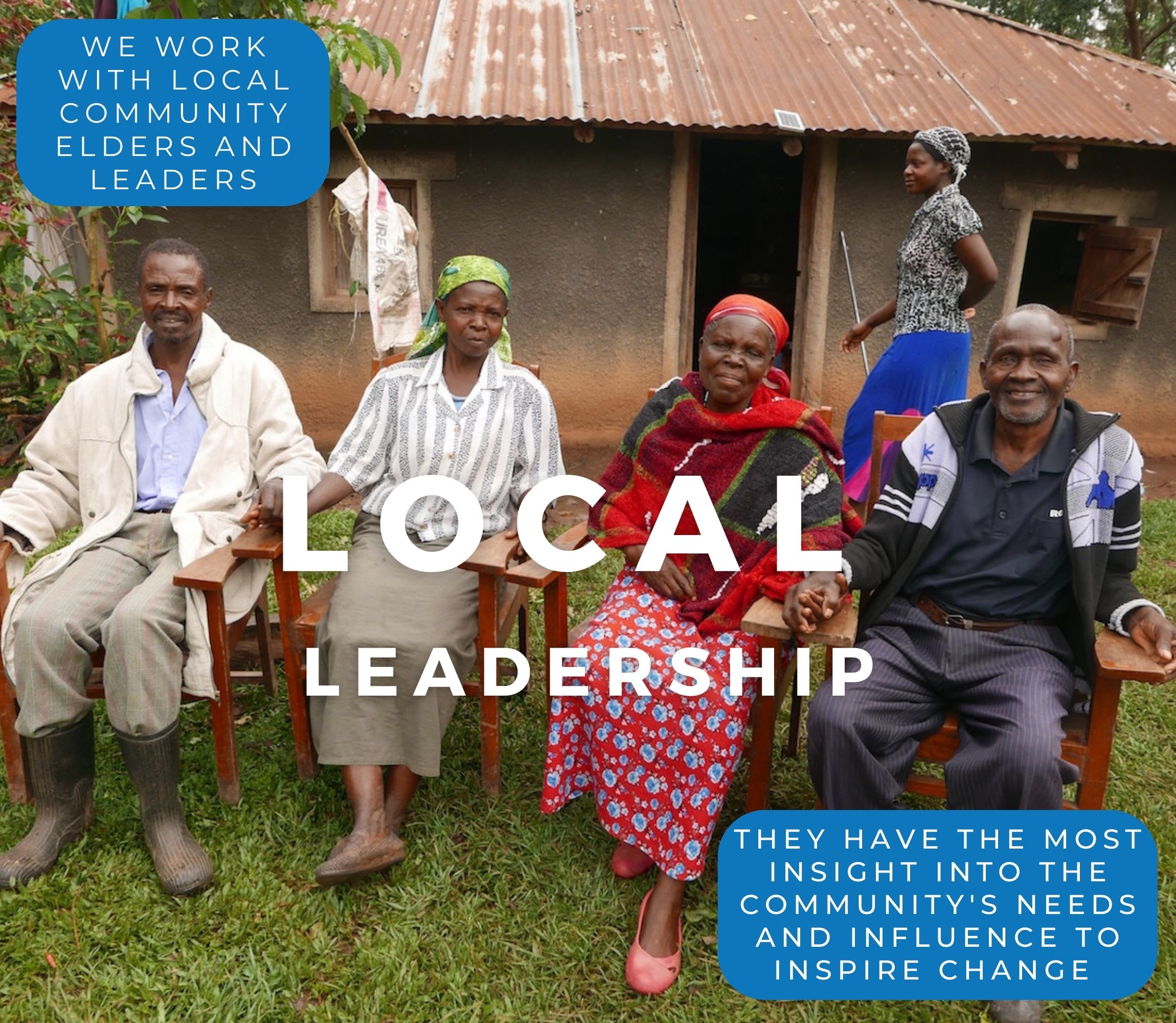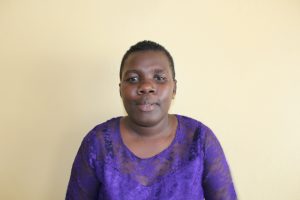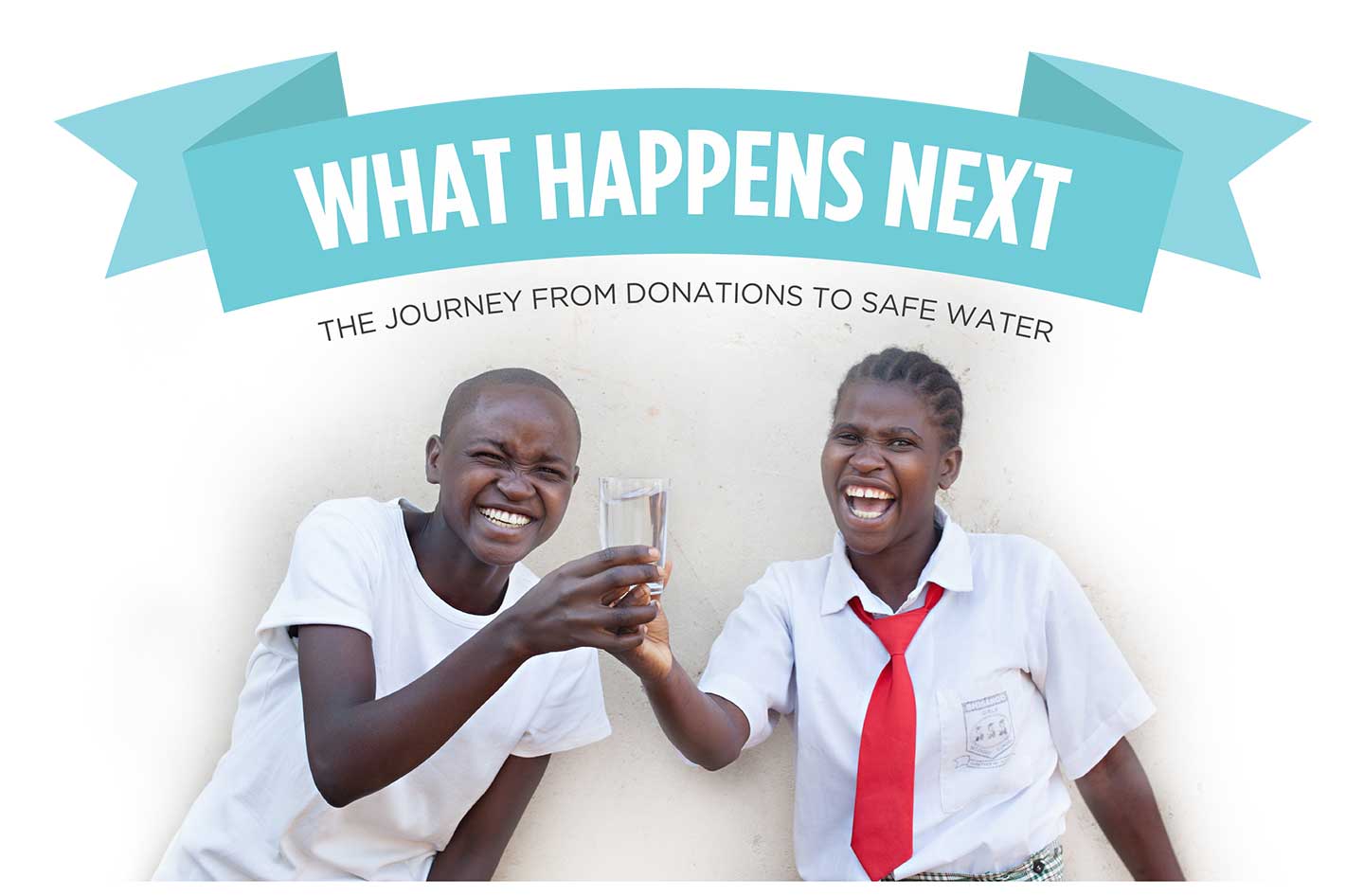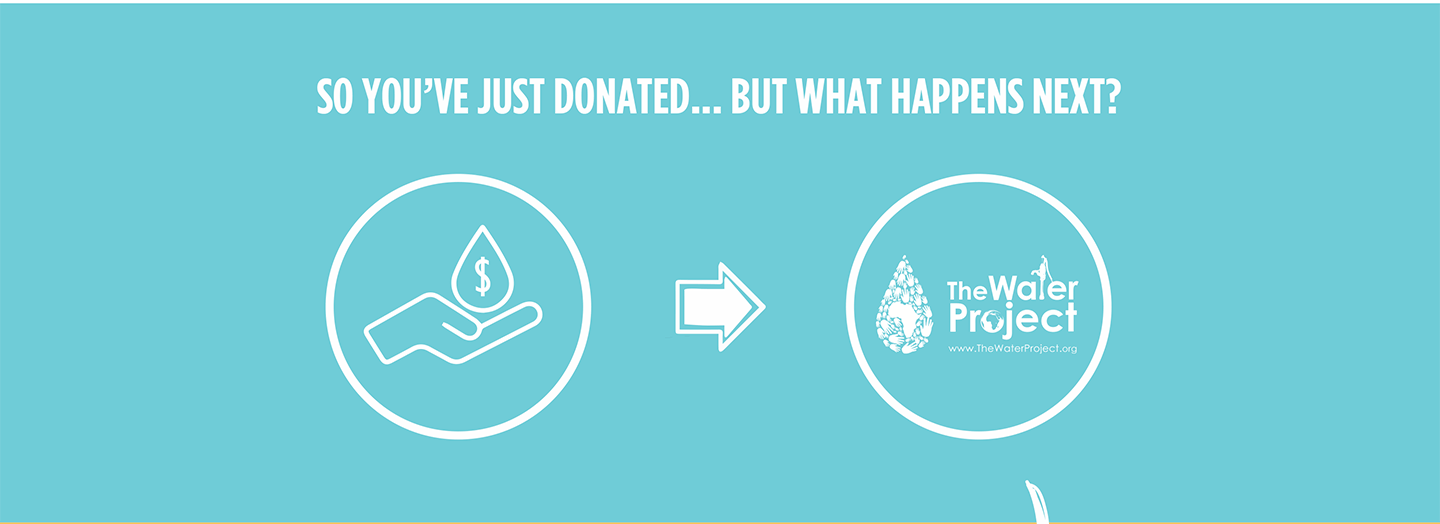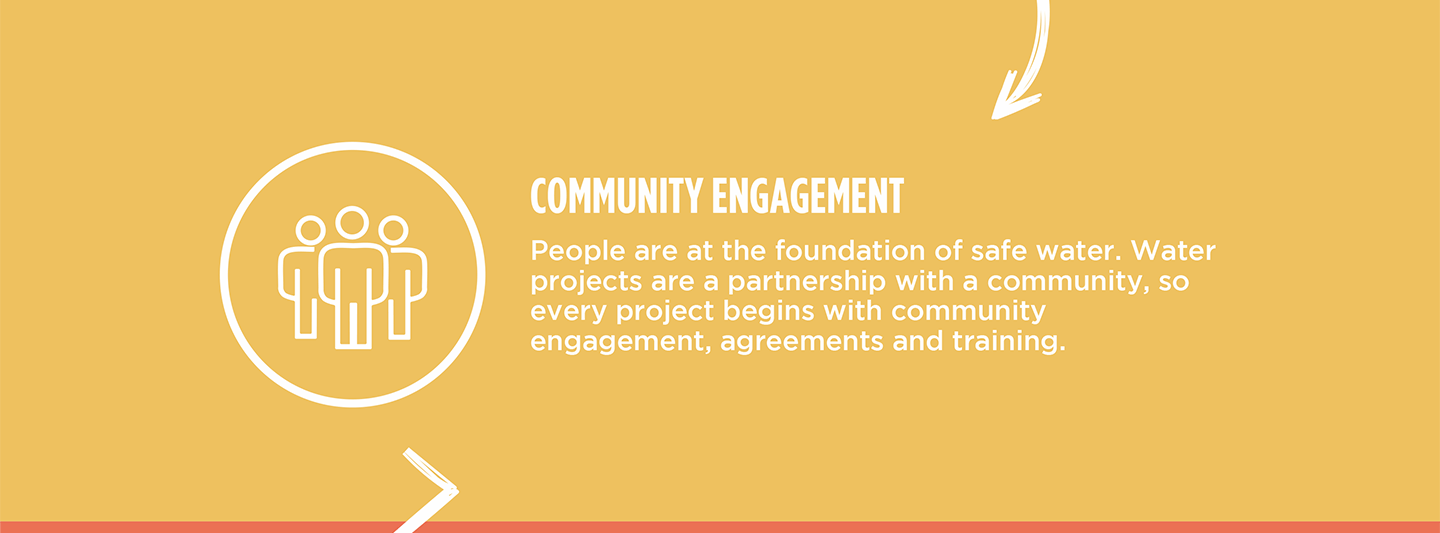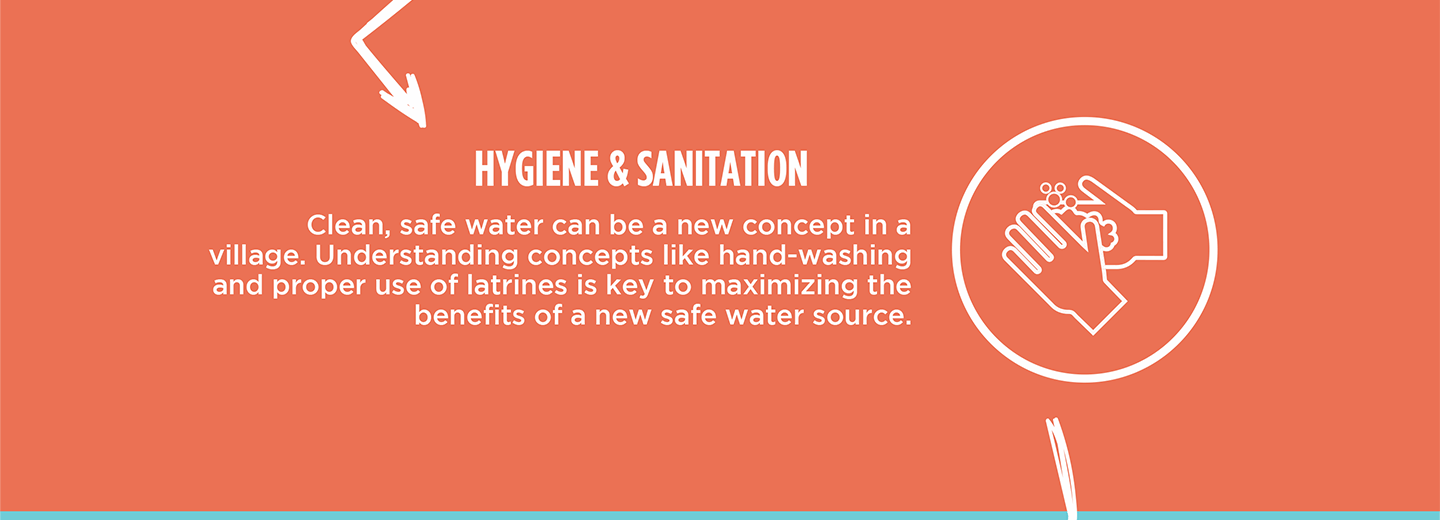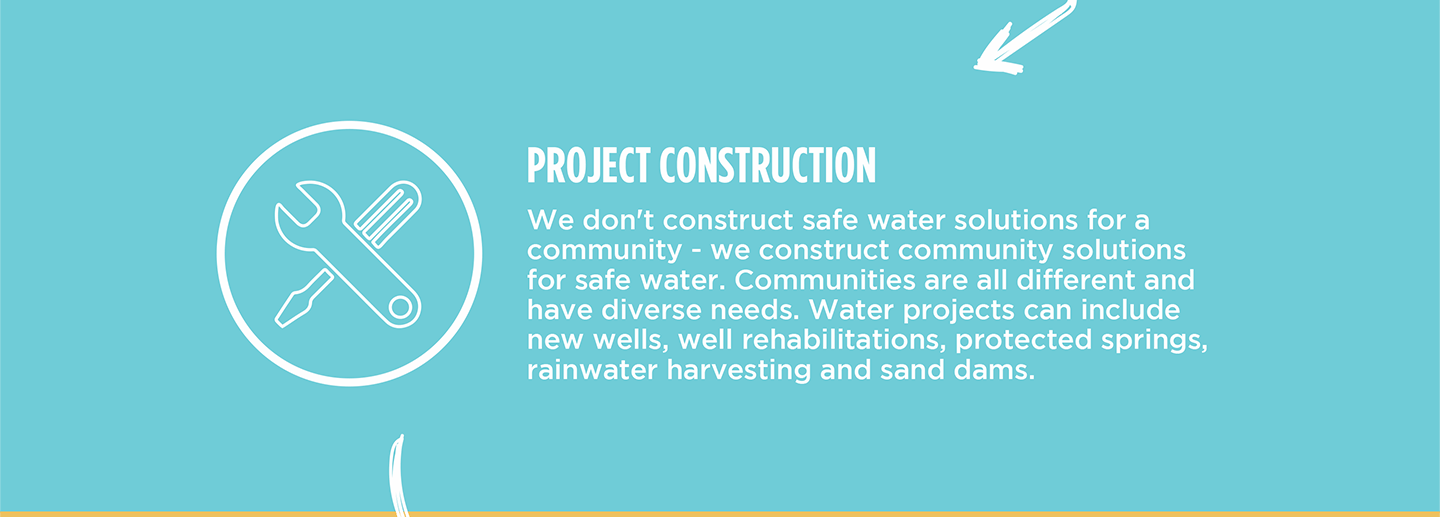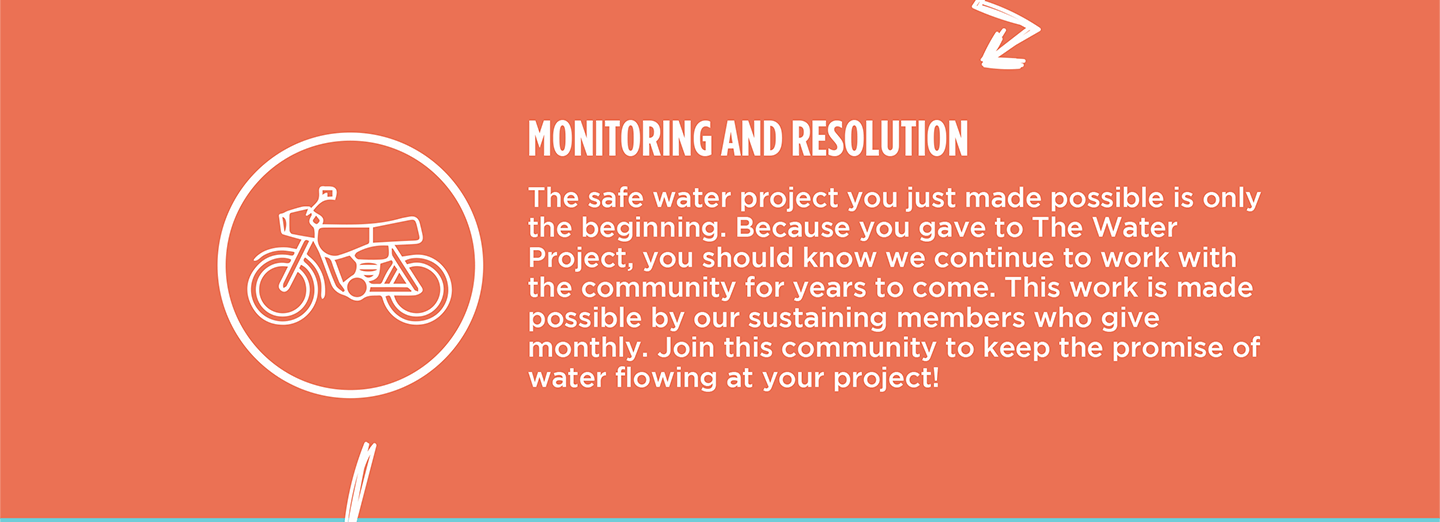September, 2022: Mudutsu Community Spring Protection Complete!
Mudutsu Community now has access to clean water! We transformed Atsangalala Spring into a flowing source of naturally filtered water thanks to your donation. Our team also trained the community on improved sanitation and hygiene practices. Together, these components will unlock the opportunity for community members to live better, healthier lives.
"Clean water is a blessing to us. My family will live a healthy life going forward," said 50-year-old teacher Janet Luvembe. "There will be [a] restoration of unity among community members [as] there will be no fighting at the waterpoint, especially during dry seasons. [And] minimal to no water-related ailments will mean no more spending money on medication treating these diseases. I intend to save this money to build myself and my family."
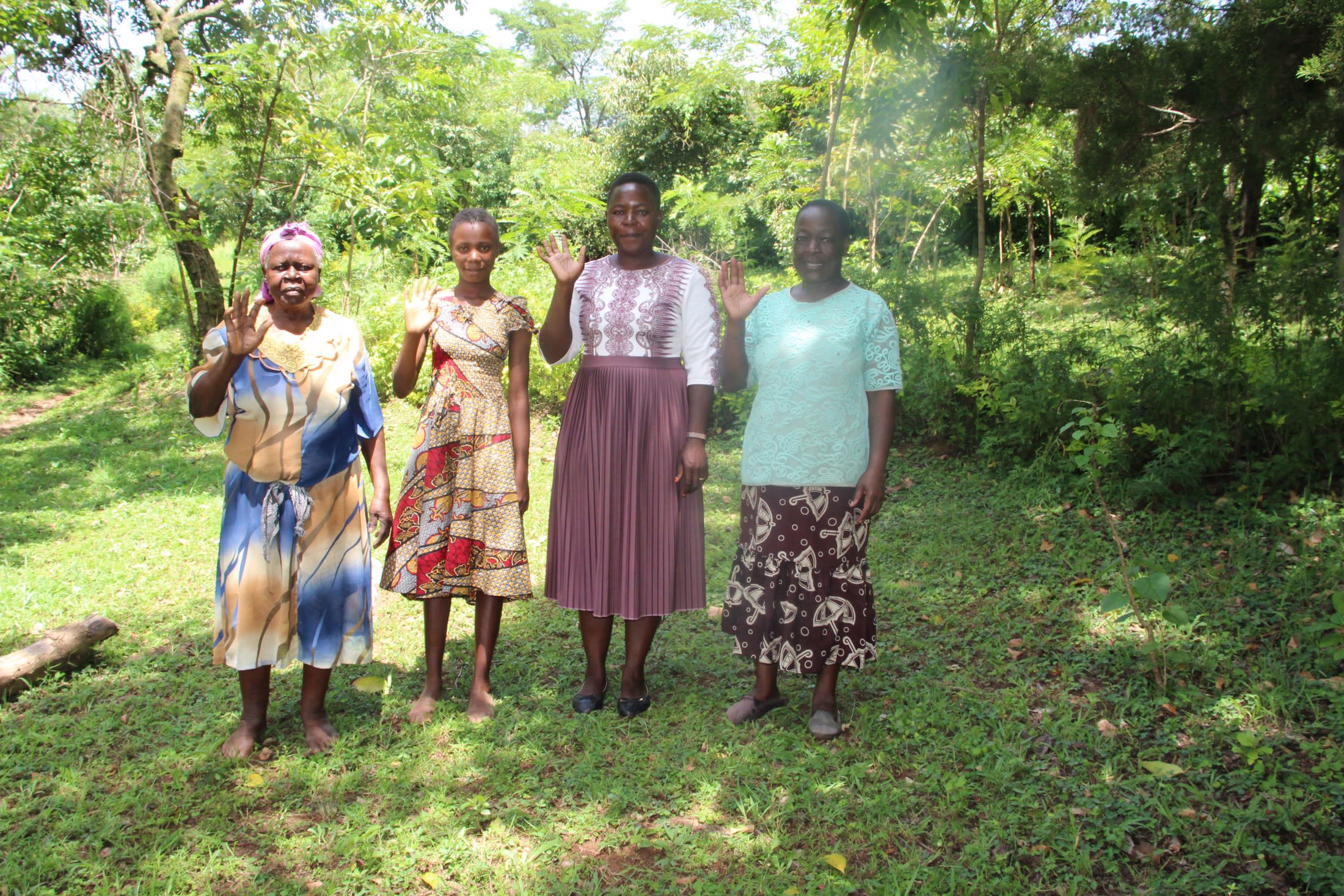
Janet (far right) with other water committee members.
Children were just as excited as adults about the new waterpoint.

Happy little one named Gift.
"It's easier now to fetch water at the spring. I get to save some time after doing the home chores. I intend to use this time to focus on my studies. This being my final year in secondary, my goal is to excel and go to university," said 17-year-old Marion M.

Marion (in pink) with other people collecting water at the protected spring.
Preparing for Spring Protection
Community members worked together to source and carry all locally available construction materials to the spring. These included bricks, sand, stones, and fencing poles. Some people also chiseled away at large rocks to break them down into gravel. Because people have to carry most items by hand, the material-collection process can take anywhere from a few weeks to months.
When the community was ready, we sent a lorry to deliver the remaining construction materials, including cement, plastic tarps, and hardware. Then, our construction artisan and field officers deployed to the spring to begin work. Individual households provided meals throughout each day to sustain the work team.
From Open Source to Protected Spring: A Step-by-Step Process
First, we cleared and excavated the spring area. Next, we dug a drainage channel below the spring and several runoff diversion channels above and around the spring. These help to divert surface contaminants away.

To ensure community members could still access water throughout the construction process, we also dug temporary channels from the spring's eye around the construction site. This allowed water to flow without disrupting community members' tasks or the construction work. Excavation created space for setting the spring's foundation, made of thick plastic tarp, wire mesh, concrete, and waterproof cement.
After establishing the base, we started brickwork to build the headwall, wing walls, and stairs. Once the walls had grown tall enough, we began one of the most crucial steps: setting the discharge pipe. The discharge pipe needs to be positioned low enough in the headwall so the water level never rises above the spring's eye, yet high enough to allow room for the average jerrycan (a 20-liter container) to sit beneath the pipe without making contact.

If we place the discharge pipe too high above the spring's eye, backpressure could force water to emerge elsewhere. Too low, and community members would not be able to access the water easily. We embedded the pipe using clay (or mortar when clay is in short supply) and placed it at an incline to ensure water flows in the right direction.
In coordination with brickwork, we pitched stones on both sides of the spring's drainage channel. We then cemented and plastered each stone, forming the rub walls. These walls discourage people and animals from standing in that area, which could cause soil erosion and a clogged drainage area.
We then cemented and plastered both sides of the headwall and wing walls. These finishing layers reinforce the brickwork and prevent water in the reservoir from seeping through the walls. In turn, enough pressure builds in the reservoir box to push water out through the discharge pipe.

Plastering.
As the headwall and wing walls cured, we cemented and plastered the stairs and installed four tiles beneath the discharge pipe. The tiles protect the concrete from the falling water's erosive force while beautifying the spring and facilitating easy cleaning of the spring floor.
The final stage of construction is backfilling the reservoir box behind the discharge pipe. We cleared the collection box of any debris that may have fallen during construction. Then we redirected the temporary diversion channels back into the reservoir box, channeling water into this area for the first time. We closed off all of the other exits to start forcing water through the discharge pipe only.

Backfilling with stones.
We filled up the reservoir area with the large, clean stones community members had gathered, arranging them in layers like a well-fitting puzzle. We covered the rocks with a thick plastic tarp to minimize potential contamination sources, then piled enough dirt on top to compensate for future settling.
Community members transplanted grass onto the backfilled soil to help prevent erosion. Finally, the collection area was fenced to discourage any person or animal from walking on it. Compaction can lead to disturbances in the backfill layers and potentially compromise water quality.

Community youngsters transplant grass.
The entire construction process took about two weeks of work and patience to allow the cement and plaster to finish curing. As soon as the spring was ready, people got the okay from their local field officers to fetch water.
We officially handed over the spring to mark the community's ownership of the water point. Happiness, thanksgiving, and appreciation were the order of the day, flowing in all directions.

Community members assembled to thank God for helping them protect their spring. A word of prayer was offered by Mama Sulumena Misiko, who spoke blessings over those who helped make its protection possible. Everyone happily agreed that anyone needing water is free to collect it at the protected spring.

Mama Sulumena drinking water.
Training on Health, Hygiene, and More
Together with the community, we found their preferred date for training while considering other community calendar events, such as the agricultural season and social events. We requested a representative group of community members to attend training and relay the information learned to the rest of their family and friends.
When the day arrived, facilitators Betty Muhongo and Stella Inganji deployed to the site to lead the event. 12 people attended the training, including nine females and three males. We held the training at the homestead of participants under some mango trees. The attendance was not as high as hoped since it was held on a market day and many community members had to tend to their small businesses.

We covered several topics, including community participation in the project, leadership, governance, personal and environmental hygiene, water handling and treatment, spring maintenance, dental hygiene, the ten steps of handwashing, disease prevention, and how to make and use handwashing stations.
During the leadership and governance session, we held an election for the newly formed water user committee leaders, who will oversee the maintenance of the spring. We also brainstormed income-generating activities. Community members can now start a group savings account for any future minor repairs to the spring and a cooperative lending group, enabling them to develop small businesses.

The water handling and treatment training session was interesting. Participants shared that most of the containers for fetching water in the community have no lids. When asked why, the women said they use the plastic lids as fuel when cooking. We highlighted the importance of proper water storage using covered containers to avoid contamination and that drinking water should not be stored for more than three days without treatment.
"I have gained a lot from this training. Being a student, I have gained so much information that I will use in school to educate my friends," said 17-year-old Valentine I.

Valentine.
"There are a number of things I ignored, not knowing they can affect my health. Usually [I] am not keen when using chlorine, I either use less or excess. But with this training, I have learned about solar disinfection, which is an easier water treatment method and has no side effects on my health."
Conclusion
This project required a substantial collaboration between our staff, our in-country teams, and the community members themselves. When an issue arises concerning the spring, the water user committee is equipped with the necessary skills to rectify the problem and ensure the water point works appropriately. However, if the issue is beyond their capabilities, they can contact their local field officers to assist them.
Also, we will continue to offer them unmatchable support as a part of our monitoring and maintenance program. We walk with each community, problem-solving together when they face challenges with functionality, seasonality, or water quality. Together, all these components help us strive for enduring access to reliable, clean, and safe water for this community.
With your contribution, one more piece has been added to a large puzzle of water projects. In our target areas, we’re working toward complete coverage of reliable, maintained water sources within a 30-minute round trip for each community, household, school, and health center. With this in mind, search through our upcoming projects to see which community you can help next!
Thank you for making all of this possible!

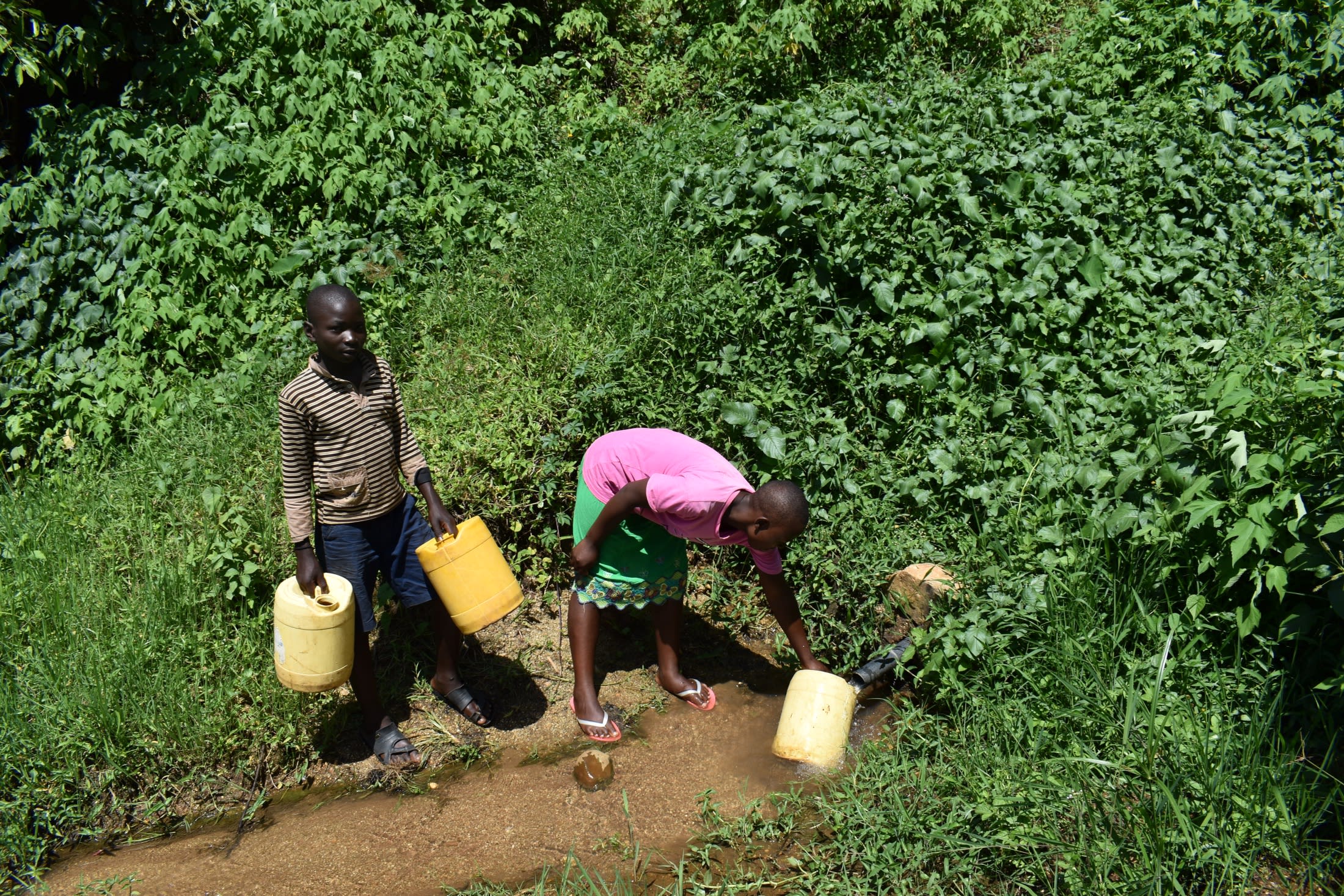
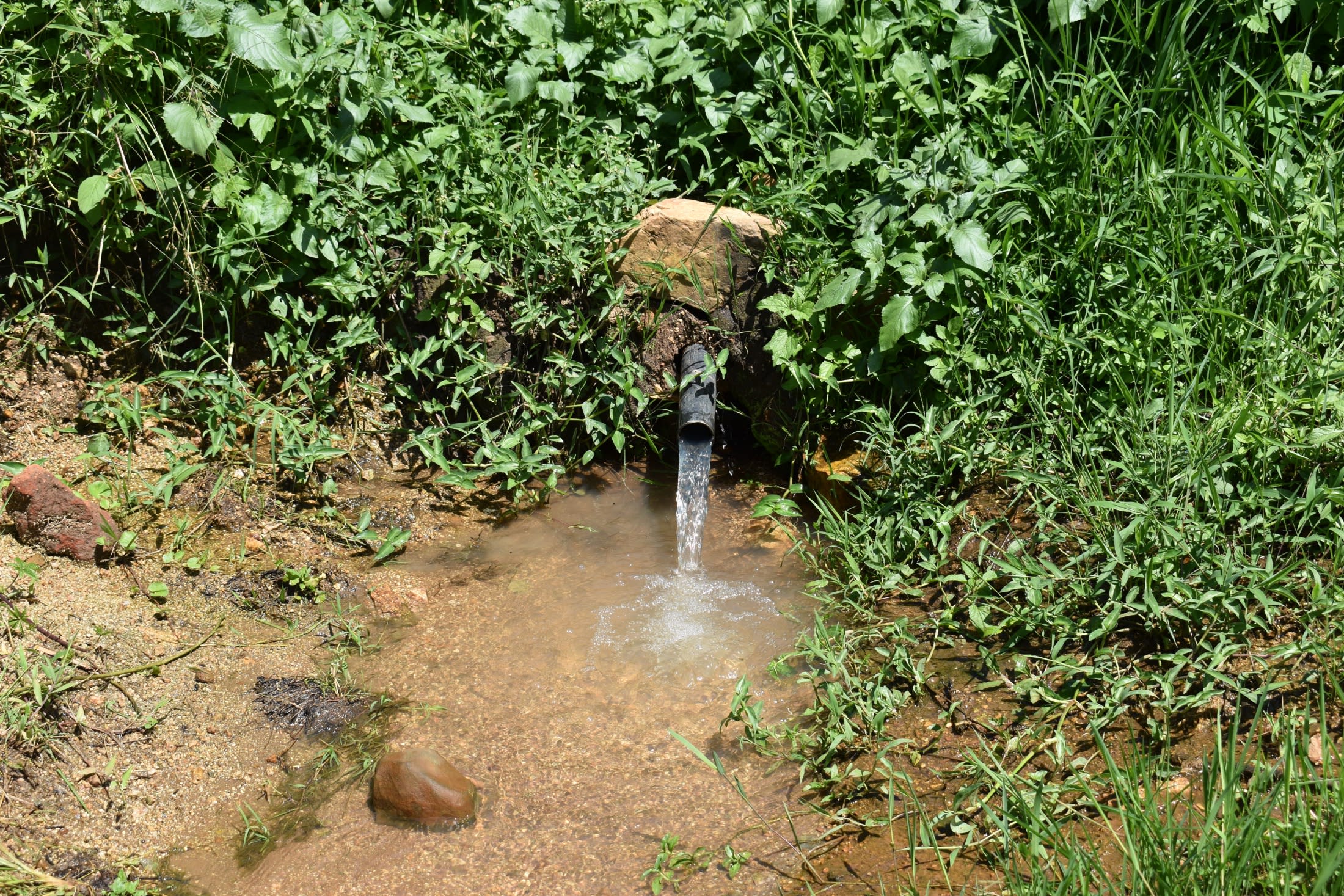
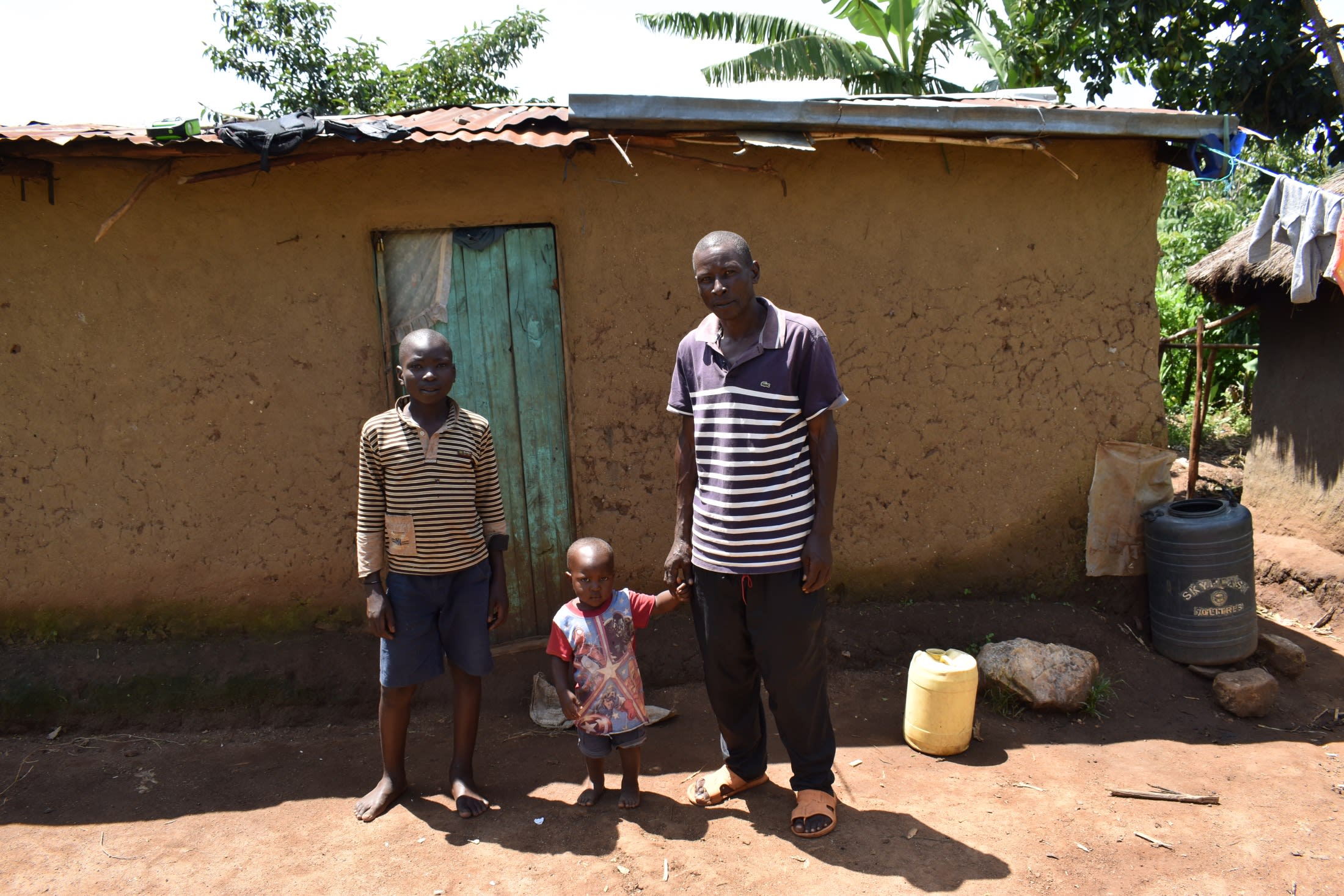
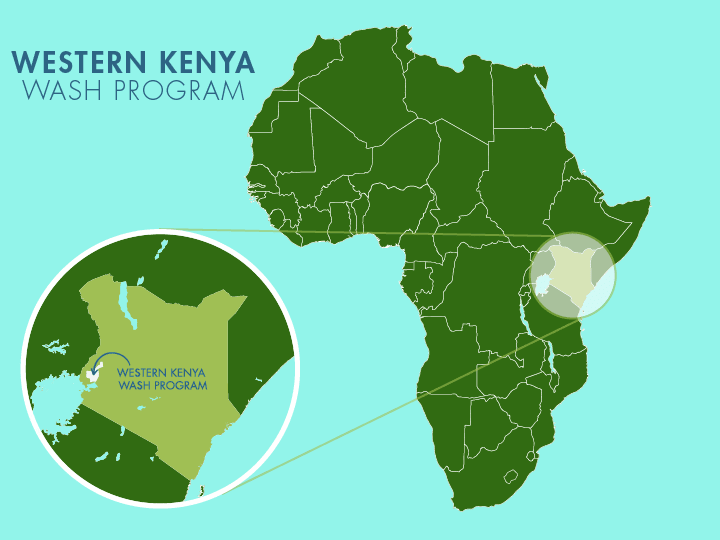
 Protected Spring
Protected Spring
 Rehabilitation Project
Rehabilitation Project

